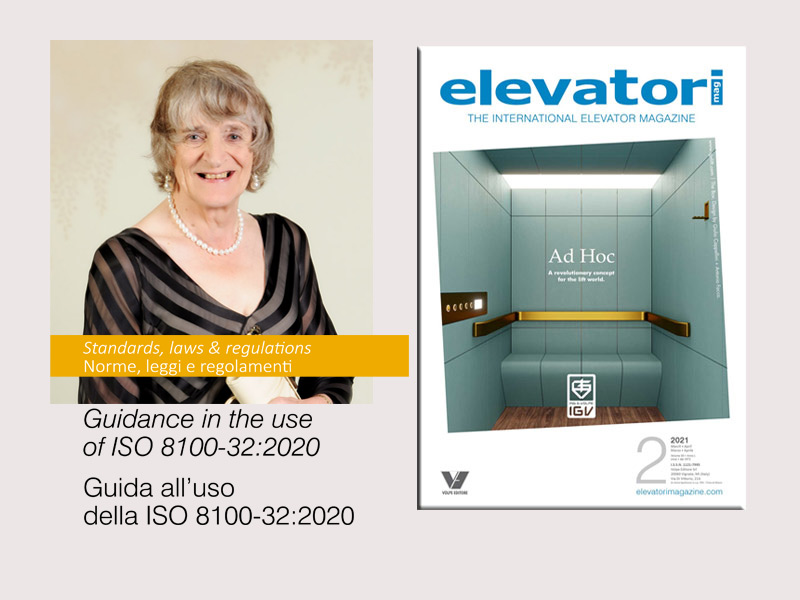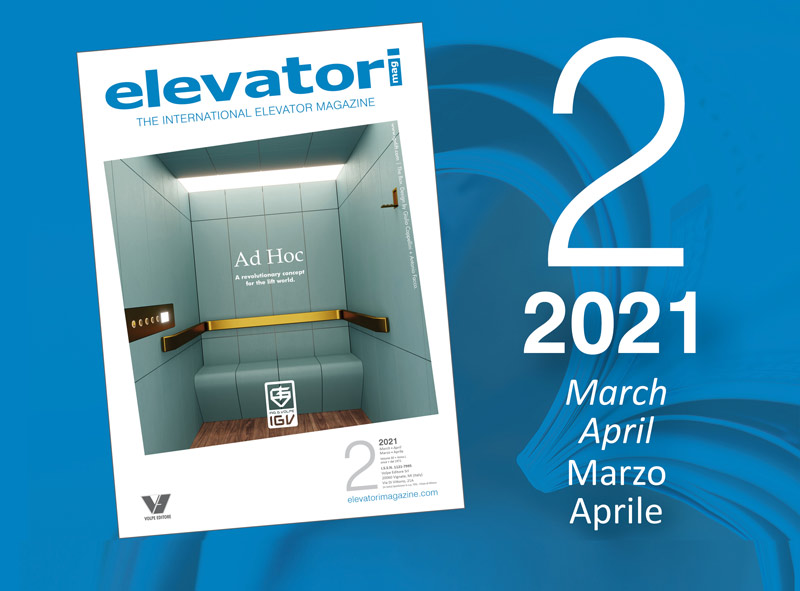Guidance of ISO 8100-32:2020
Dr Gina Barney
PhD, MSc, BSc, CEng, FIEE, HonFCIBSE
ISO 8100-32:2020, “Planning and selection of passenger lifts to be installed in office, hotel and residential buildings”
ISO 8100-32:2020, “Planning and selection of passenger lifts to be installed in office, hotel and residential buildings” is a published ISO standard.
NOTE: ISO 8100-32:2020 is not a British Standard.
ISO 8100-32:2020 is intended to offer a simple to use, current practice, standardised approach in selection of lift installations to meet traffic demands for non-experts. The CIBSE Lifts Group wishes to ensure persons, many of whom may not be traffic specialists, are guided in the use of this standard. I offer this peer review of ISO 8100-32.

ISO 8100-32:2020 – Recommendations
Nine recommendations are made.
1. It is recommended that the classical symbology (as documented in CIBSE Guide D 2020 and elsewhere) be used in reports to ensure continuity and understanding.
2. It is recommended that the selection of rated load is based on the space occupied by P passengers and determined by reference to EN 81-20:2020, Table 6.
3. It is recommended that the calculation method in ISO 8100-32:2020 is used and should always be used prior to any new simulation.
4. It is recommended that the simulation method in ISO 8100-32:2020 is NOT used alone to make a final selection of a lift installation, but it may give some insight into a proposal.
5. It is recommended that designers carry out a sensitivity analysis to determine design tipping points.
6. It is recommended that after running an ISO Simulation to ascertain an approximate design, designers carry out further checks using real world templates.
7. It is recommended that designers consider more data on which to base a decision.
8. It is recommended that the charts provided in ISO 8100-32:2020 are NOT used to make a final selection of a lift installation, but they may give a basic indication for the defined parameters on which each chart is based.
9. It is recommended that a spreadsheet implementation of the calculation method be used for ease, convenience and accuracy (or a phone APP).







